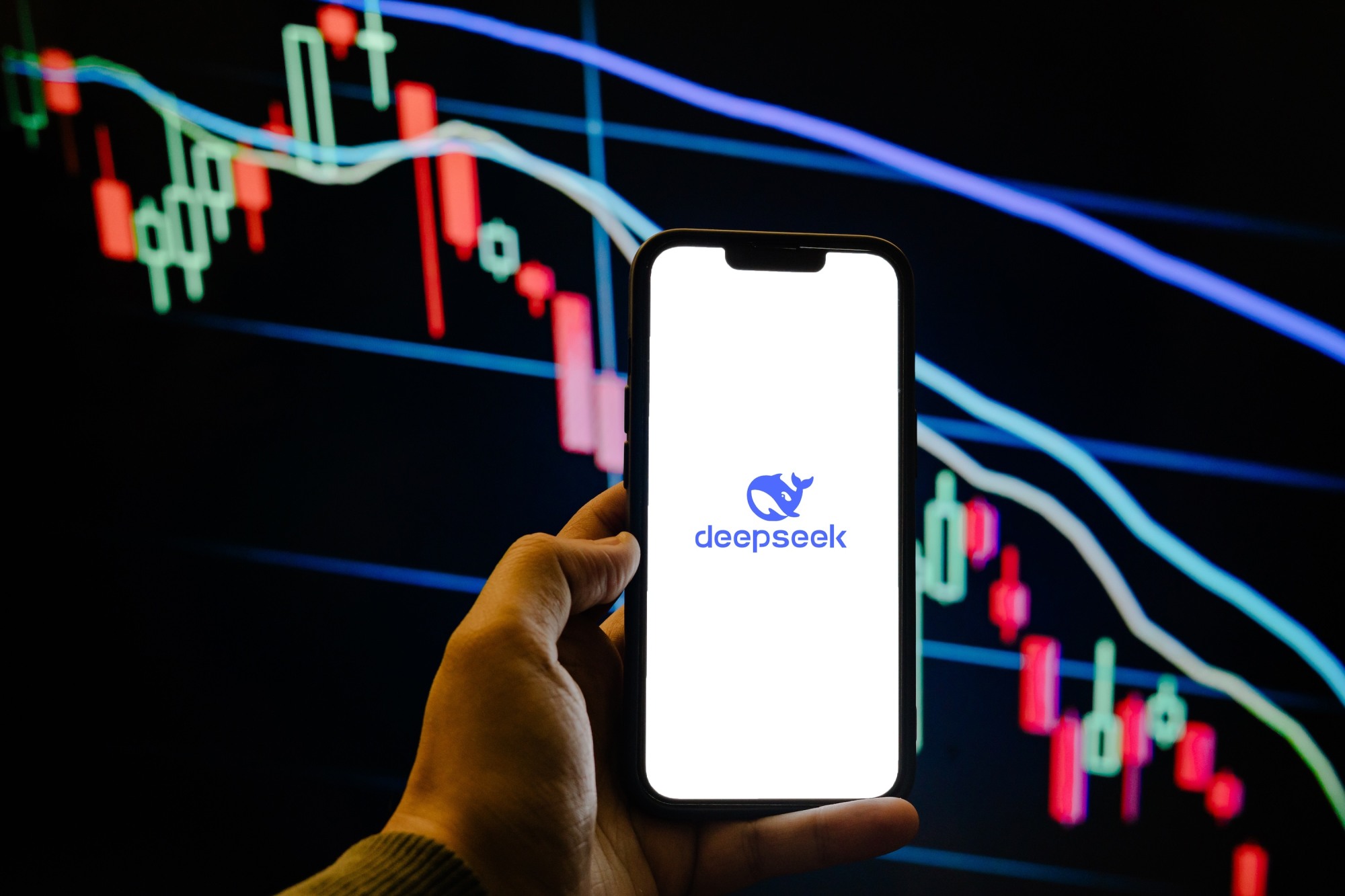
The artificial intelligence (AI) world — and the business world in general — is reeling from the DeepSeek news: a Chinese AI startup that didn’t figure remotely on most analysts’ radars shatters expectations: it dramatically innovates the AI architecture, upends market forecasts and vaporizes almost $1-trillion in stock value. Across the AI ecosystem, from OpenAI and Anthropic to Google DeepMind and Amazon, executives are now asking: Are we looking at an entirely new AI paradigm? How do we deal with a future when our acclaimed chat agents will be just a commodity?
DeepSeek’s rise isn’t just about a better model — it’s about a fundamental shift in the rules of AI competition. Its staggering frugality — delivering high performance at a fraction of the cost — has rewritten the equation for what matters in AI. How should today’s AI giants respond?
The answer: Agility, not panic
The companies that survive DeepSeek’s disruption won’t be the ones with the biggest models or the deepest pockets. Even size will not matter — compare 200-person DeepSeek to 5000-person OpenAI or 200,000-person Google. The companies that succeed will be the ones that adapt the fastest. But agility isn’t just about reacting quickly — it’s about having the right kind of flexibility built into your organization before disruption strikes.
Here’s a five-step agility playbook for AI companies looking to stay ahead in this new era:
Rethink strategy: Flexibility beats fixed plans: AI leaders need to abandon the illusion of long-term stability. In a world where a single breakthrough can disrupt an entire industry, strategy must shift from predicting the future and developing plans of action to deal with the predicted future. Instead, strategy must be about developing capabilities to deal with various unanticipated futures. That means building flexibility into everything — from capital investment to product development to technology infrastructure to people capabilities — so pivots can happen before it’s too late.
Master the five agilities: Survival in an era of AI upheaval requires more than just speed. It requires mastering five distinct types of agility:
- Analytical Agility – Rapidly reframe how you analyze and interpret new developments (e.g., DeepSeek’s cost efficiencies vs. existing compute-heavy approaches).
- Operational Agility – Quickly reconfigure internal processes and tech stacks to accommodate paradigm shifts.
- Inventive Agility – Generate breakthrough ideas when established models and assumptions are no longer viable.
- Communicative Agility – Control the narrative — internally and externally — before the market decides it for you.
- Visionary Agility – See beyond short-term turbulence to understand the true long-term competitive landscape. Develop the wisdom to distinguish between reactive measures and strategic pivots.
Identify the agilities you need right now: Not every situation calls for all five agilities in equal measure. In the wake of DeepSeek’s market jolt, examine which agilities matter most right now. Gather your senior teams (and ideally, functional leads from across the organization) to discuss how DeepSeek’s market position or technology might challenge your roadmap. Do you need to rethink the software architecture that calls for a leap in R&D (Inventive Agility)? Do you need to reassure critical stakeholders — investors, customers and partners (Communicative Agility)? Pinpoint the agilities that your organization must strengthen immediately versus those you can develop over time. And always keep an eye on the future — sometimes the most critical agility is the one you’ll need six months from now. The winners will be those who choose the right agility at the right time.
Assess your weaknesses — Before your competitors do: Once you know which agilities are critical, evaluate where you stand. This assessment can be rigorous — using diagnostics and KPI reviews — or more informal, such as relying on cross-functional discussions. The goal is to see whether you have the right talent, processes and technologies in place. If your deployment cycles are sluggish, focus on Operational Agility. If your teams struggle with lateral thinking, invest in Inventive Agility. Clarity on your current strengths and weaknesses is essential before you craft a response plan.
Make agility a core cultural value: Finally, culture is the glue that holds all these agilities together. The organization’s leadership must champion transparency, collaboration and continuous learning. For instance, reward teams that prototype swiftly or pivot based on data-driven insights. Encourage open dialogue, so issues are surfaced early and addressed head-on. By weaving agility into daily routines — across every level of the organization — you prepare your teams to act decisively when DeepSeek-like disruptions shake the market.
This is the AI industry’s moment of truth
The Deepseek moment isn't just a competitive challenge — it’s a wake-up call for the entire AI ecosystem. It presents an opportunity for American AI companies to become more nimble and innovative. The next great AI companies won’t be the ones that have the most powerful models today, but the ones that can reinvent themselves constantly. Those who develop and deploy these five agilities won't just survive this disruption; they'll emerge stronger and better positioned for the next one.
If your company doesn’t have a built-in agility strategy, now is the time to develop one. Because by the time the next DeepSeek arrives, it will be too late.